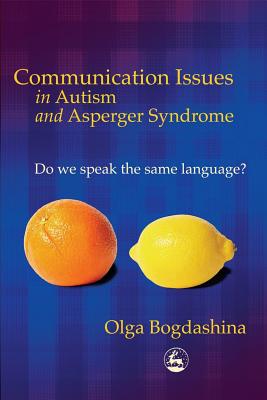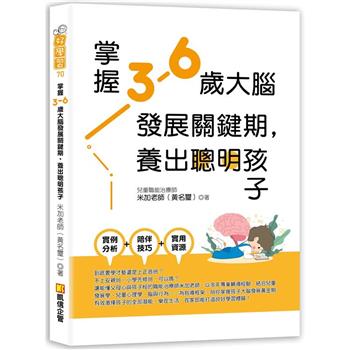Providing a theoretical foundation for understanding communication and language impairments specific to autism, Olga Bogdashina explores the effects of different perceptual and cognitive styles on the communication and language development of autistic children. She stresses the importance of identifying each autistic individual's nonverbal language - which can be visual, tactile, kinaesthetic, auditory, olfactory or gustatory - with a view to establish a shared means of verbal communication. She offers an explanation of why certain approaches, for example PECS, might work with some autistic children but not others. Offering real insights, the What They Say' sections enable the reader to see through the eyes of autistic individuals and to understand their language differences first hand.
What We Can Do to Help' sections throughout the book give practical recommendations on what to do in order to help autistic individuals use their natural mechanisms to learn and develop social and communicative skills. The final chapters are devoted to assessment and intervention issues with practical recommendations for selecting appropriate methods and techniques to enhance communication, based on the specific mode of communication a person uses.












